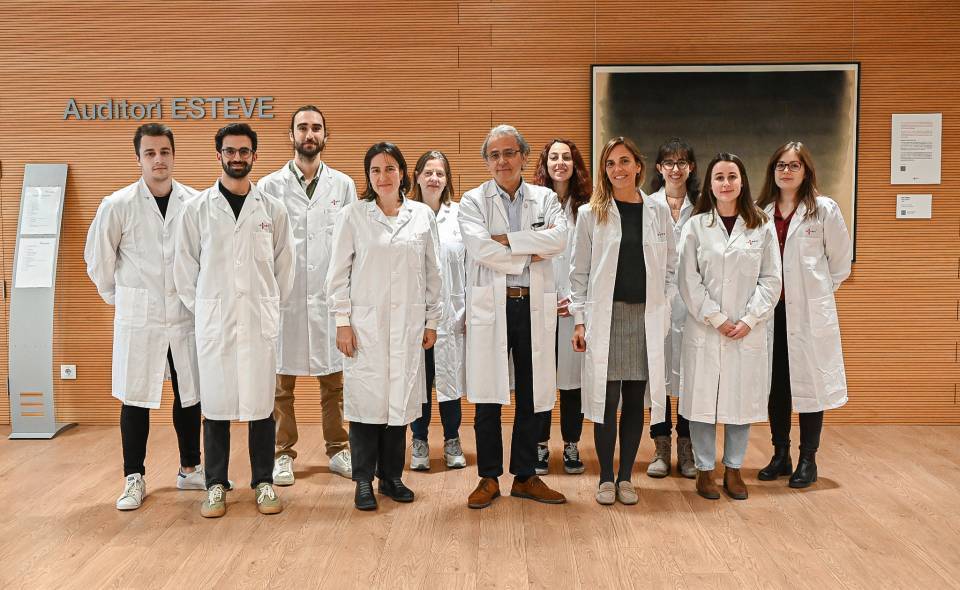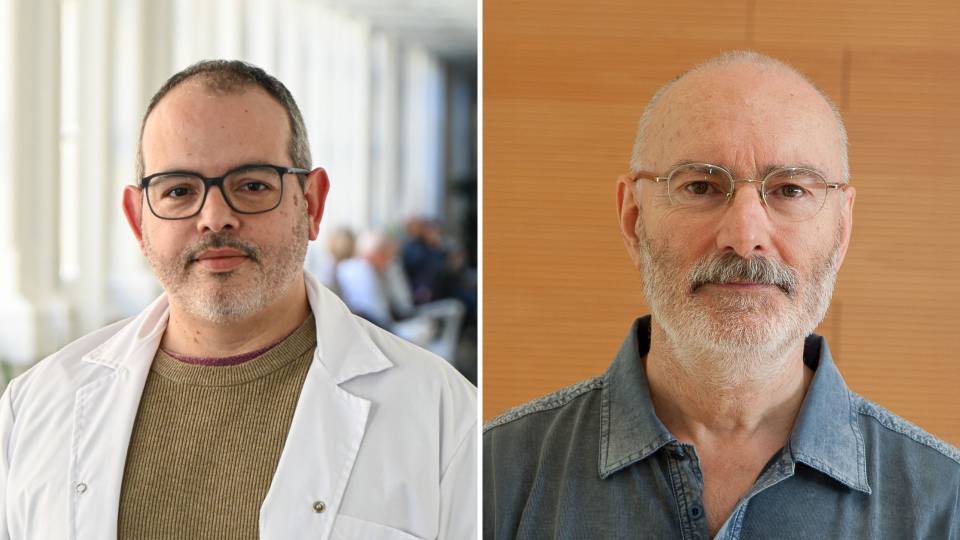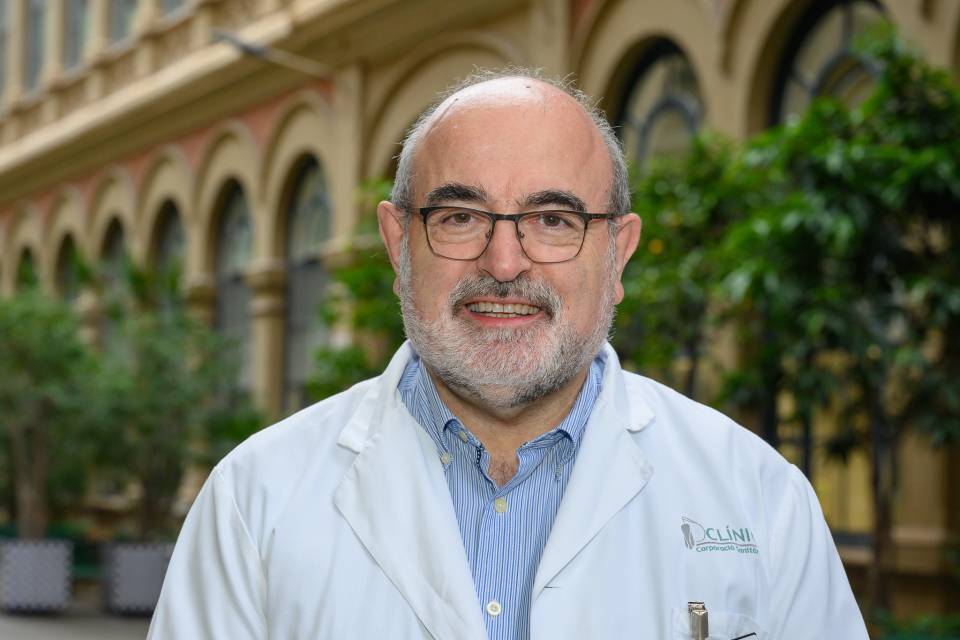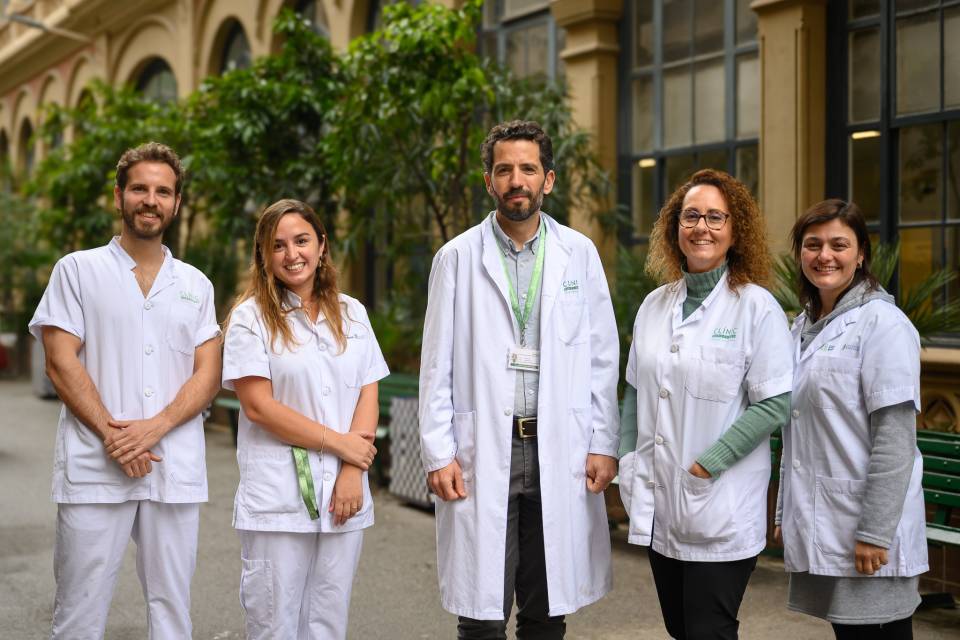In 2020, a combination of atezolizumab, an antibody that activates the immune system and bevacizumab, an antiangiogenic, was established as the benchmark treatment for hepatocellular carcinoma (HCC), the most common form of liver cancer. This combination of drugs was shown to extend the survival window in patients with advanced stages of the disease, increasing it from a median of 14 months to 19 months. However, only 30% of treated patients respond to the treatment. Therefore, it is crucial to understand the molecular mechanisms that determine why the treatment is effective in some patients, whilst others are resistant.
Led by Josep M Llovet’s team at IDIBAPS-Hospital Clínic, which worked together with the hospital UZ Leuven, with 10 European healthcare centres participating, the study identified immune subpopulations through single-cell RNA sequencing in 320 hepatocellular carcinoma (HCC) patients treated with the drug combination. This in-depth analysis enabled the researchers to identify molecular characteristics associated with responses or resistance to the treatment.
‘These discoveries will help us to make progress in precision oncology and identify and administer combination immunotherapy only to patients most likely to benefit from it’, says Llovet, the head of IDIBAPS’ research group Translational research in hepatic oncology, a professor of Medicine at the University of Barcelona, an ICREA professor and a professor of Medicine at the Icahn School of Medicine at Mount Sinai, New York. ‘They can also guide us in developing new therapeutic strategies to overcome resistance in patients who do not respond to treatment’.
Published in the Journal of Hepatology, the study was funded by the European Commission, the Spanish Association Against Cancer (AECC), Fundació ”la Caixa” and other organisations.
Responses or resistance to treatment: the molecular mechanisms
‘Our study distinguishes between two groups of patients who do respond to the combination of atezolizumab and bevacizumab: one with an immune cell infiltration in the tumour and another that is responsive to anti-angiogenics. It also describes the molecular characteristics of resistance in patients who do not respond’, says Marta Piqué-Gili, a predoctoral researcher at IDIBAPS-Hospital Clínic and the first author of the article.
The study splits patients who benefit from the treatment into immunocompetent ones, who present an inflamed tumour microenvironment, and angiogenesis-driven ones, who do not show distinctive immune features and may be more likely to block blood vessel formation in the tumour. Both groups have a survival window of over 30 months.
The study also defines two mechanisms of primary resistance to the drug combination: one related to the activation of immunosuppressive myeloid immune cells and the other linked to activation of the Notch and TGF-β signalling pathways. Regardless of the mechanism used by the tumours to evade the action of the treatment, these patients have a median survival window of 11 months.
‘Understanding the molecular mechanisms behind resistance to treatment or that enhance its effectiveness is the first step towards designing new and more efficient therapeutic strategies that can benefit as many people as possible’, Llovet concludes.
Paper of reference
Sarah Cappuyns, Marta Piqué-Gili, Roger Esteban-Fabró, Gino Philips, Ugne Balaseviciute, Roser Pinyol, Albert Gris-Oliver, Vincent Vandecaveye, Jordi Abril-Fornaguera, Carla Montironi, Laia Bassaganyas, Judit Peix, Marcus Zeitlhoefler, Agavni Mesropian, Júlia Huguet-Pradell, Philipp K. Haber, Igor Figueiredo, Giorgio Ioannou, Edgar Gonzalez-Kozlova, Antonio D’Alessio, Raphael Mohr, Tim Meyer, Anja Lachenmayer, Jens U. Marquardt, Helen L. Reeves, Julien Edeline, Fabian Finkelmeier, Jörg Trojan, Peter R. Galle, Friedrich Foerster, Beatriz Mínguez, Robert Montal, Sacha Gnjatic, David J. Pinato, Mathias Heikenwalder, Chris Verslype, Eric Van Cutsem, Diether Lambrechts, Augusto Villanueva, Jeroen Dekervel, Josep M. Llovet,
Single-cell RNA sequencing-derived signatures define response patterns to atezolizumab + bevacizumab in advanced hepatocellular carcinoma, Journal of Hepatology, 2024, ISSN 0168-8278, https://doi.org/10.1016/j.jhep.2024.12.01




